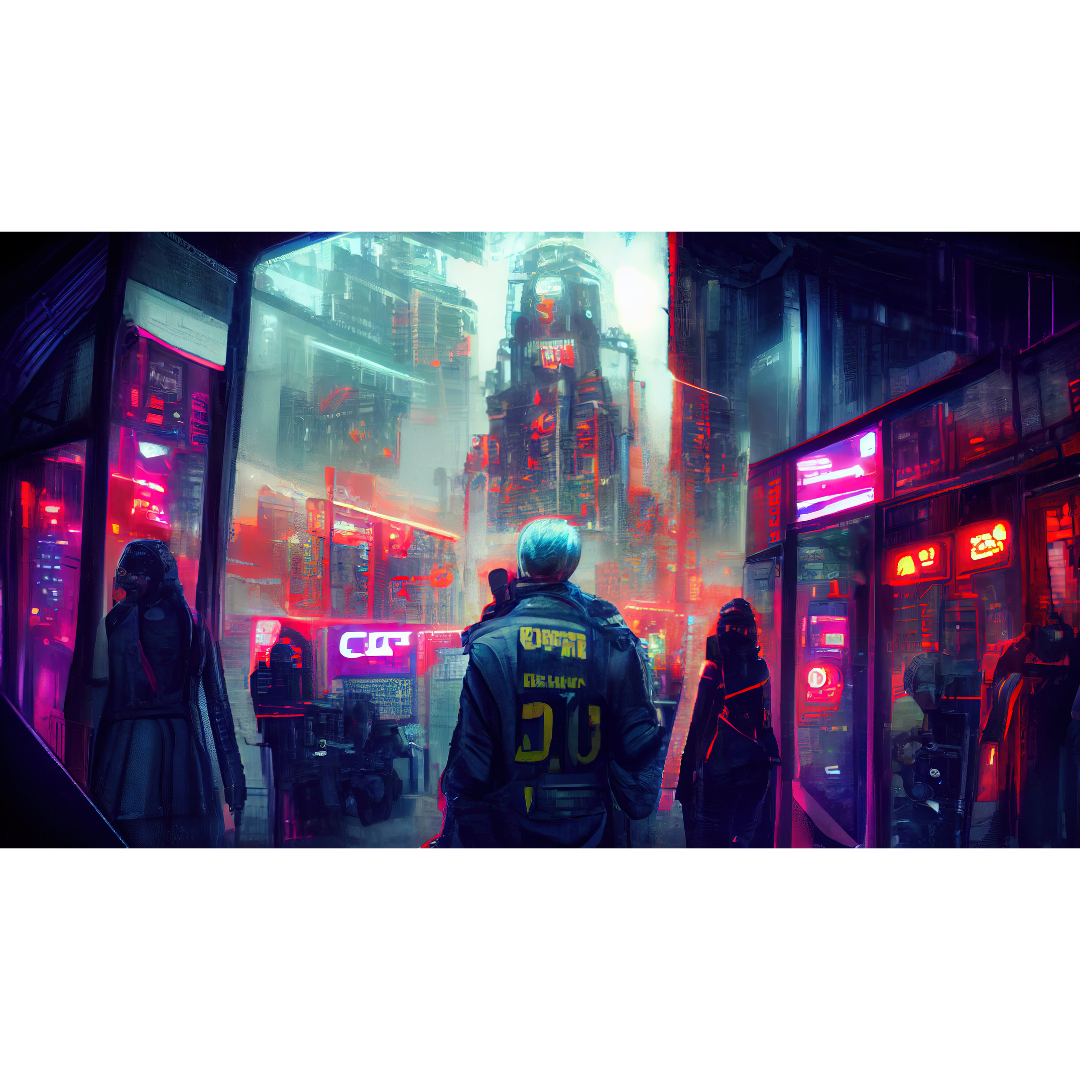TEKNEWS
TEKNEWS
The tech tricks that make computer games look real

21 June 2023
Published
21 June 2023
Share

Another week brings us another insightful update from SIMTEK. Today, let's dive into the fascinating world of modern
gaming.
Video games have come a long way since the days of simple pixelated classics like Pac-Man. Now, we find ourselves
immersed in a realm of high-definition gaming experiences brought to life on a multitude of platforms, including
PlayStation 5, Nintendo Switch, Xbox, PC, and many more.
One of the most striking advancements in gaming has been the evolution of graphics. Have you ever wondered how we
transitioned from the iconic 2D visuals to the awe-inspiring full HD and even 4K resolutions we witness today?
WHAT'S THE SECRET?
-
Rendering Techniques:
- Advanced rendering techniques are key to achieving stunning graphics in games.
- Techniques like ray-tracing simulate how light interacts with objects for more realistic visuals.
- Deep Learning Super Sampling (DLSS) technology, powered by AI, enhances graphics with ray-tracing effects.
-
Lighting:
- Accurate lighting plays a crucial role in creating lifelike visuals.
- Neural radiance fields (NeRFs) leverage AI to analyze real-world objects and simulate realistic lighting in games.
-
Challenges in Character Animation:
- Character animations can still appear clunky, as animation struggles to keep up with rendering quality.
- Achieving smooth and natural character movements is an ongoing challenge for game developers.
-
Detailed 3D Modelling:
- Detailed 3D modeling is essential for creating lifelike visuals in games.
- Models with intricate details, such as fur rendering, contribute to the overall realism.
-
Material and Effects:
- Some materials, like clothing, remain challenging to simulate convincingly in real-time graphics.
- Certain effects, such as iridescence or oil on water, require further advancements to achieve photorealism.
-
Tools and Technologies:
- Emerging technologies, such as NeRFs, offer promising solutions for realistic lighting in games.
- Advanced rendering engines, like DLSS and ray-tracing, enable higher resolution and more immersive graphics.
Creating breathtaking graphics in games requires a combination of advanced rendering techniques, accurate lighting, detailed 3D modeling, and ongoing efforts to overcome challenges related to character animation, materials, and effects. Embracing new tools and technologies can further enhance the visual quality and realism in modern game development.